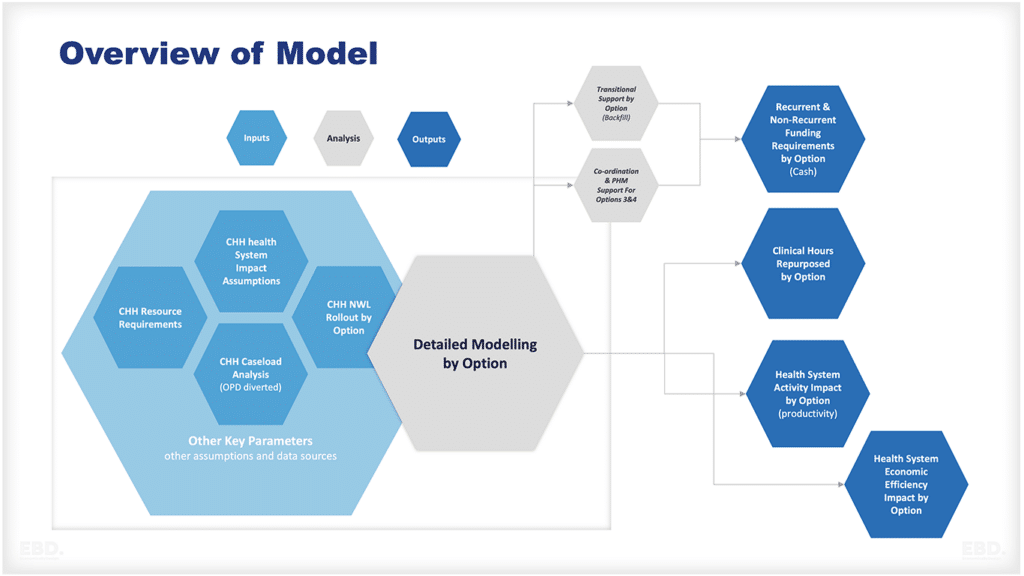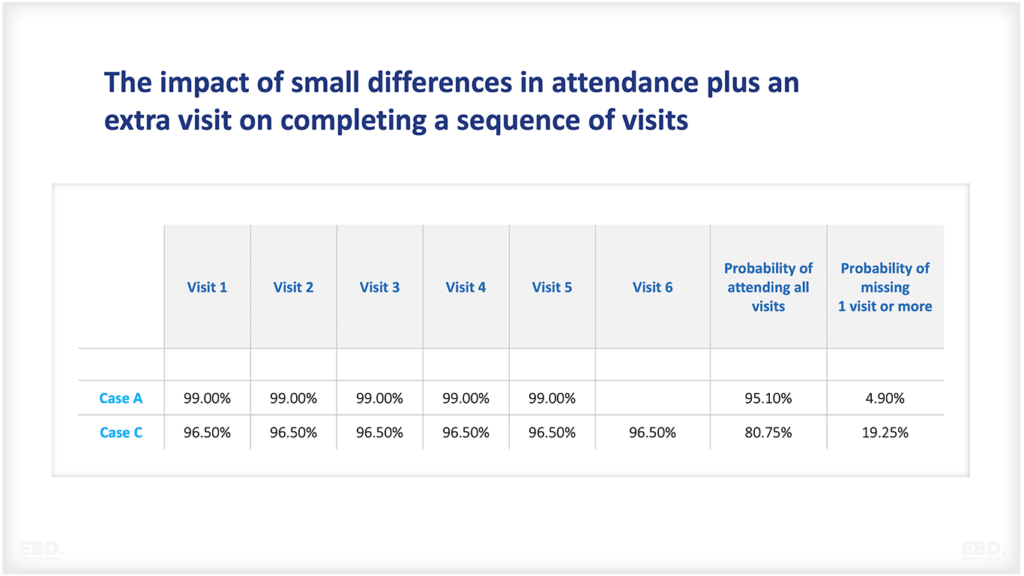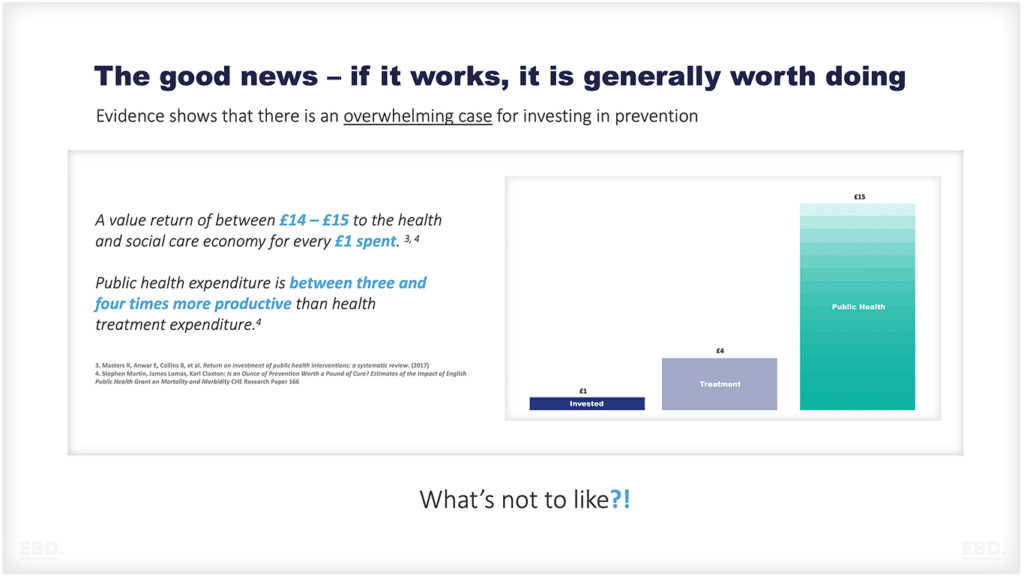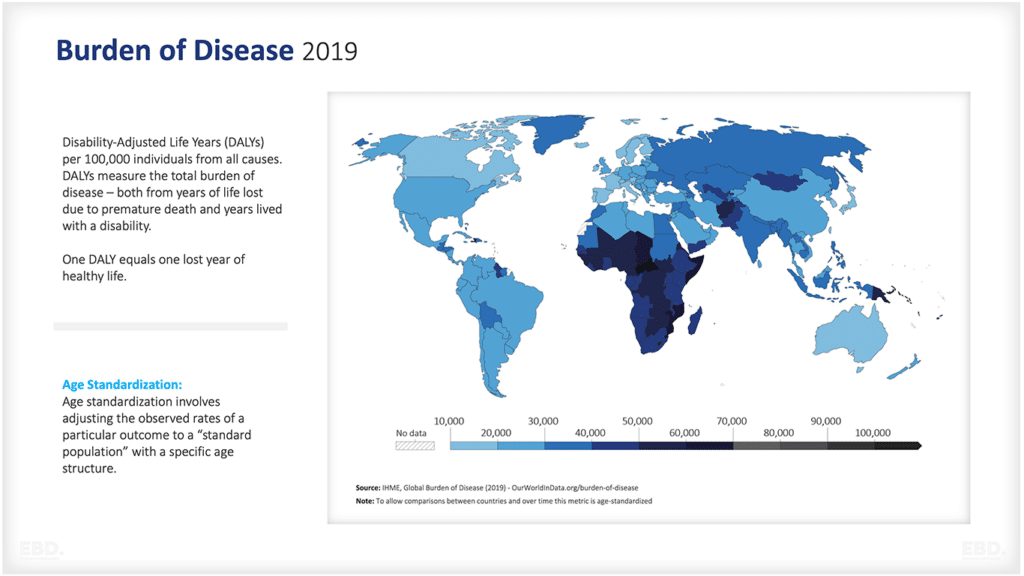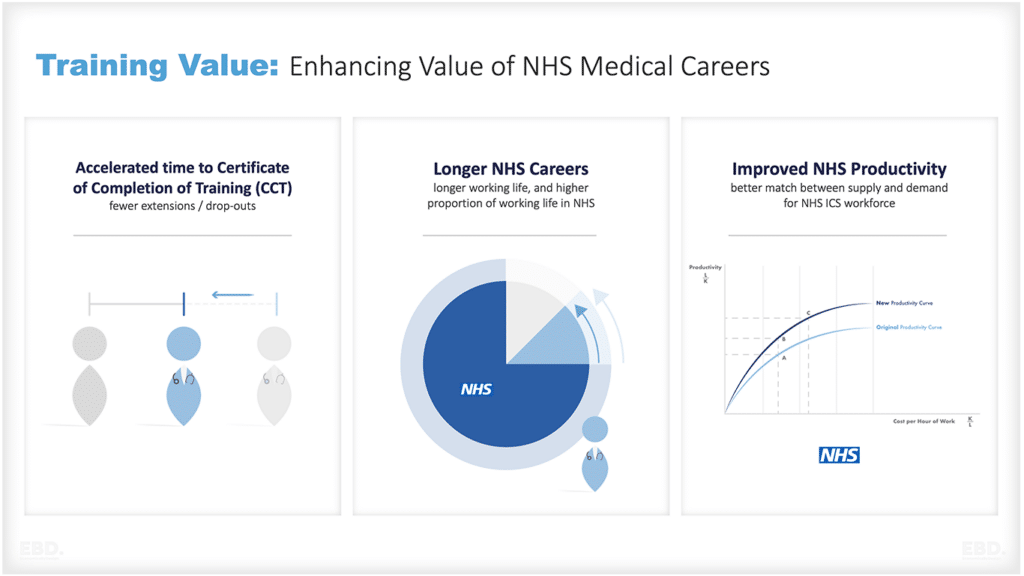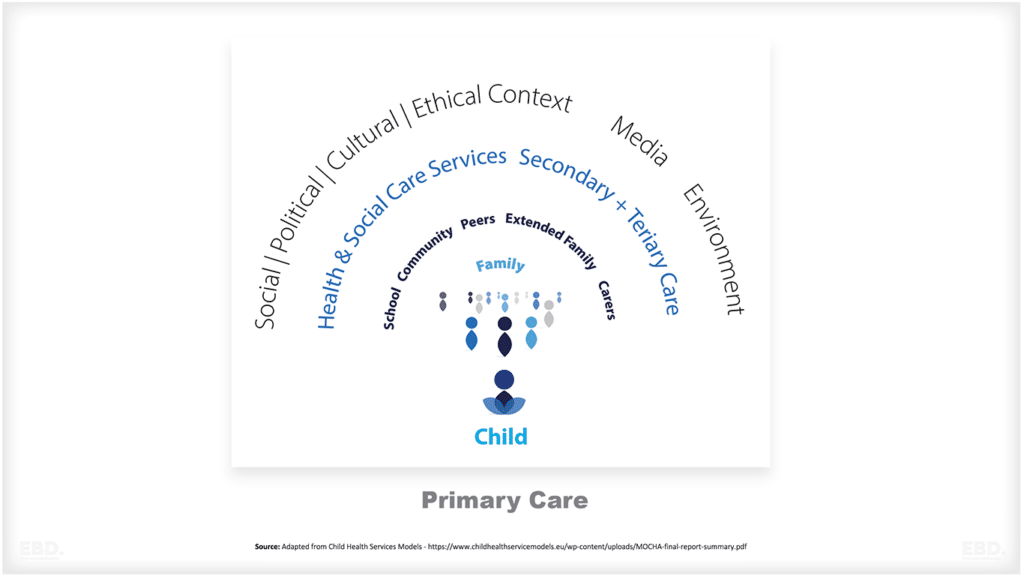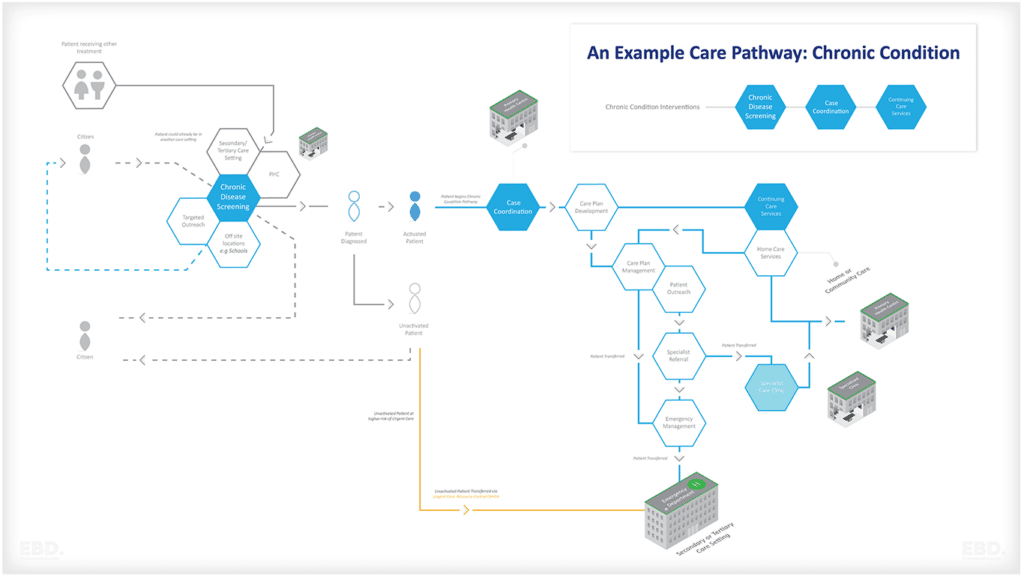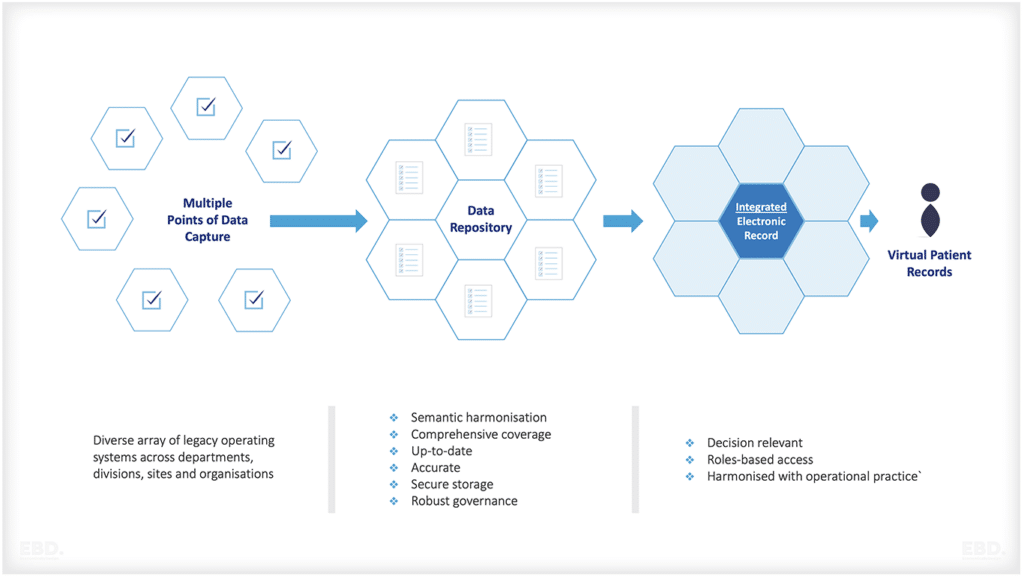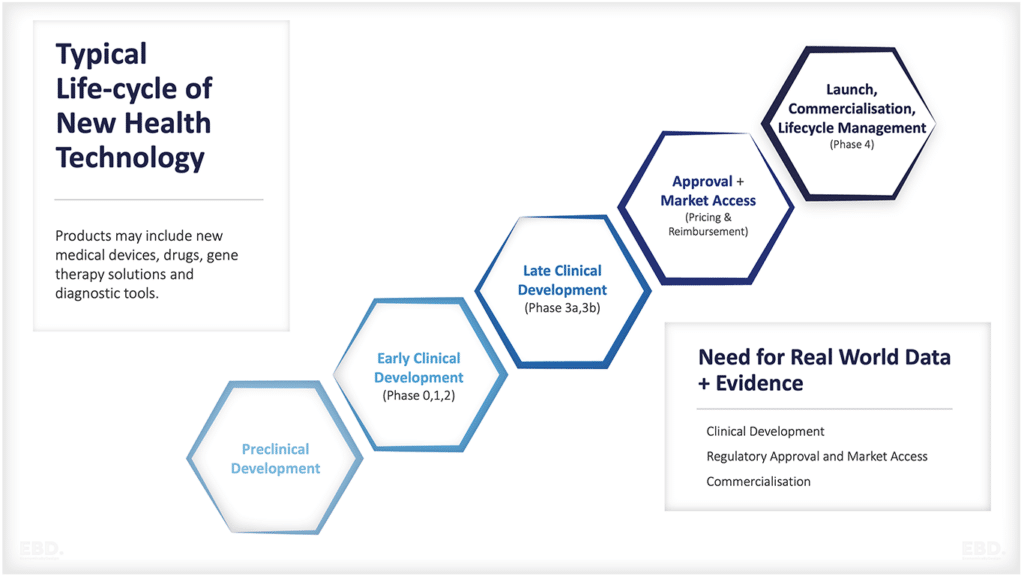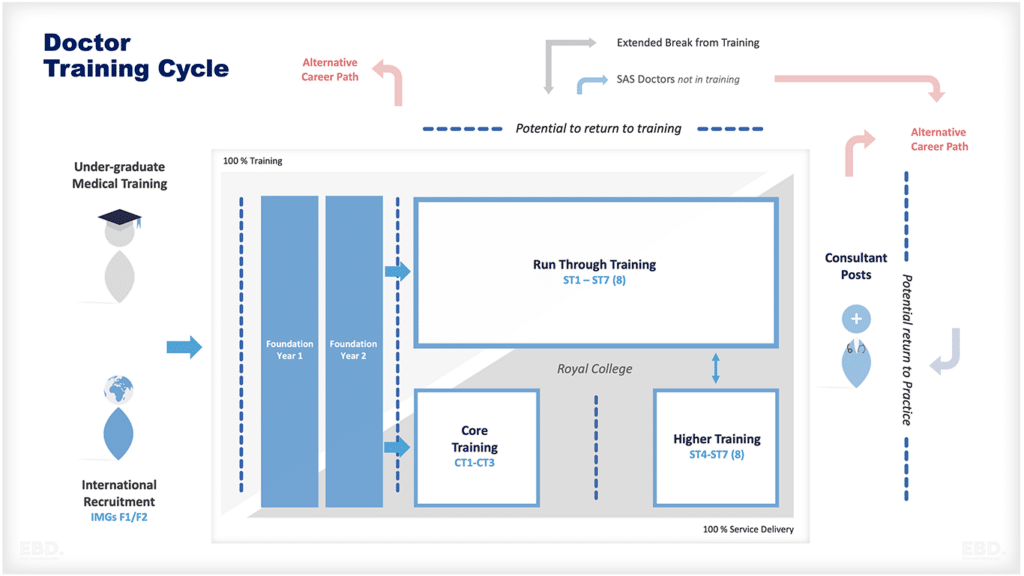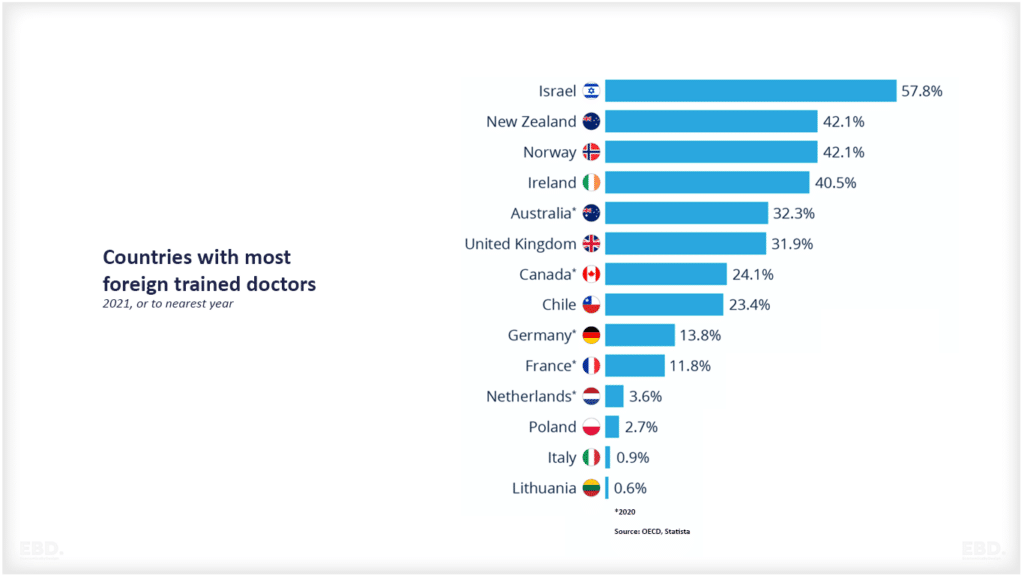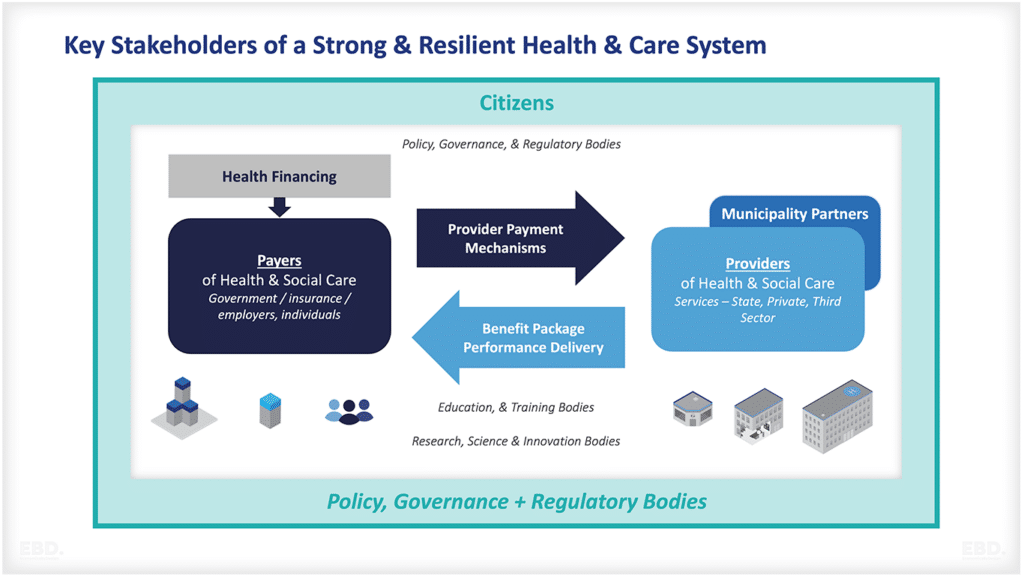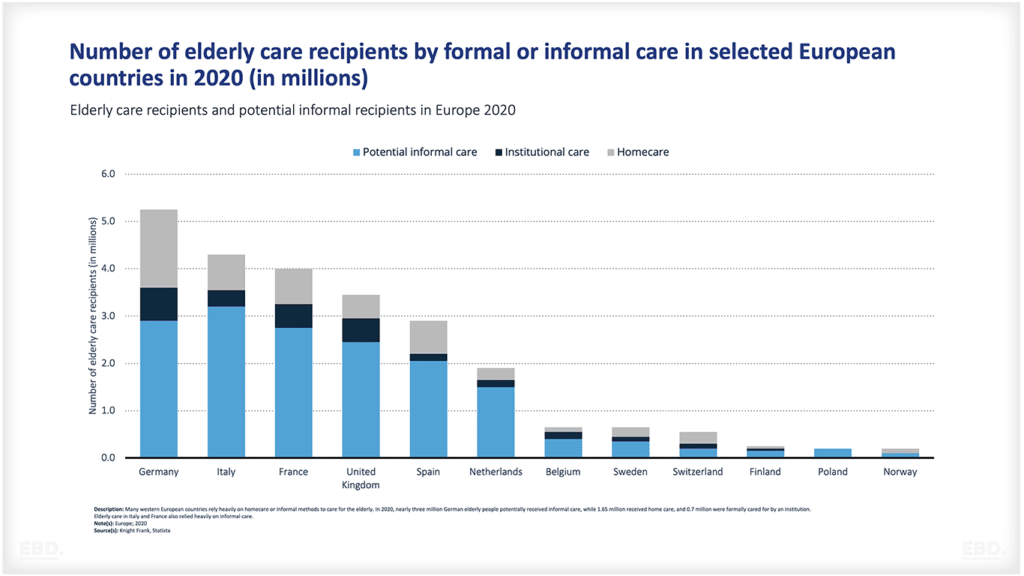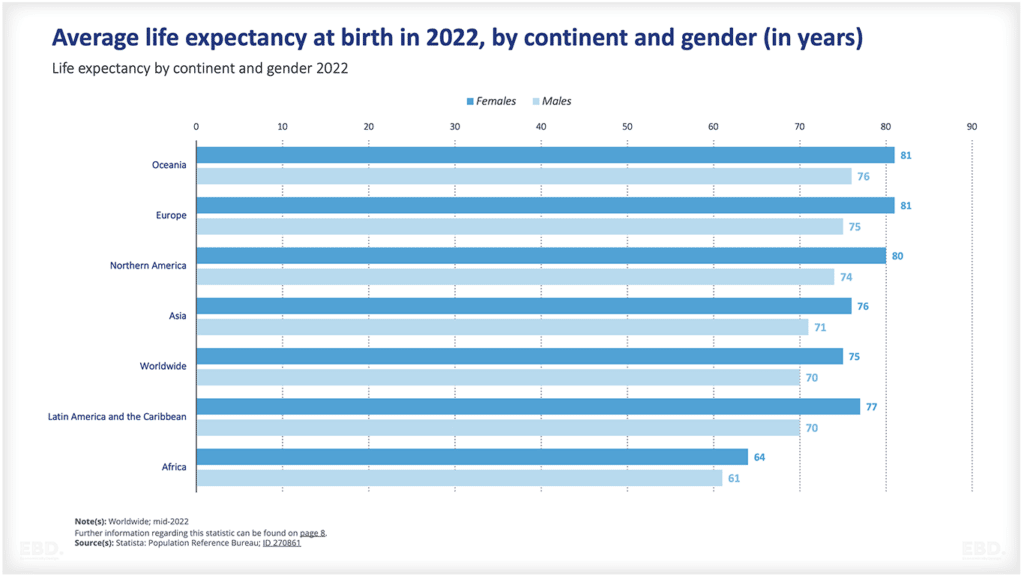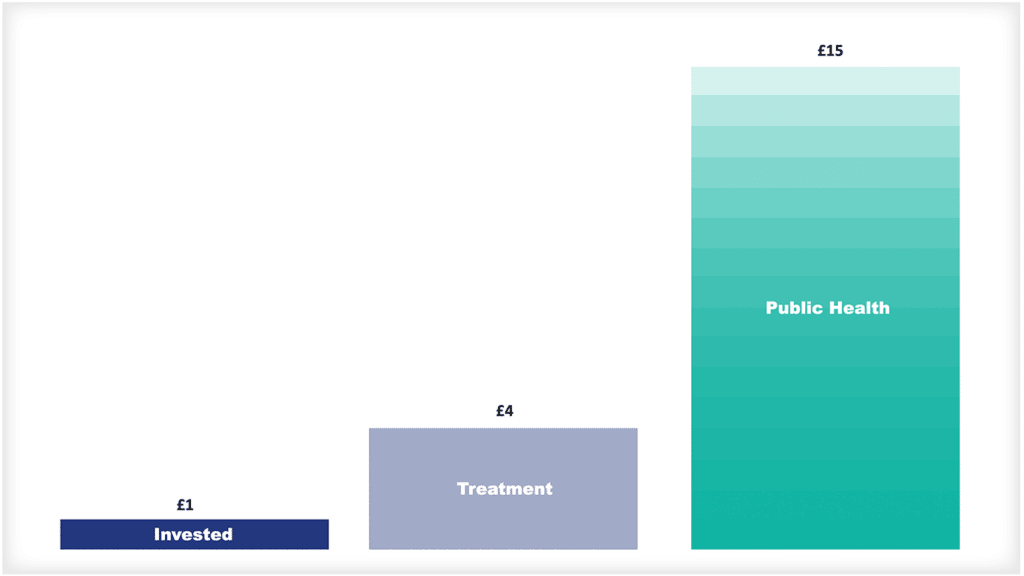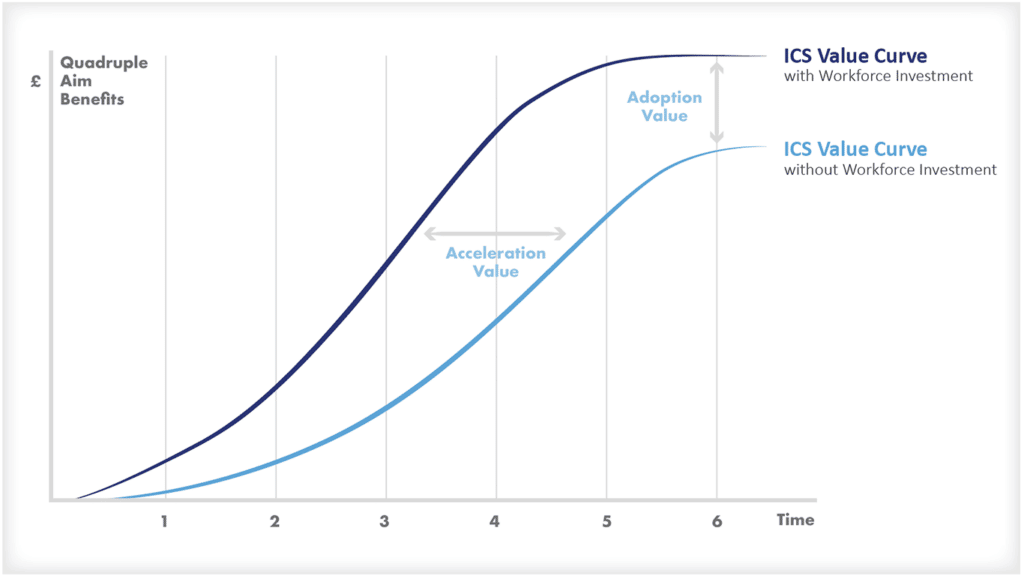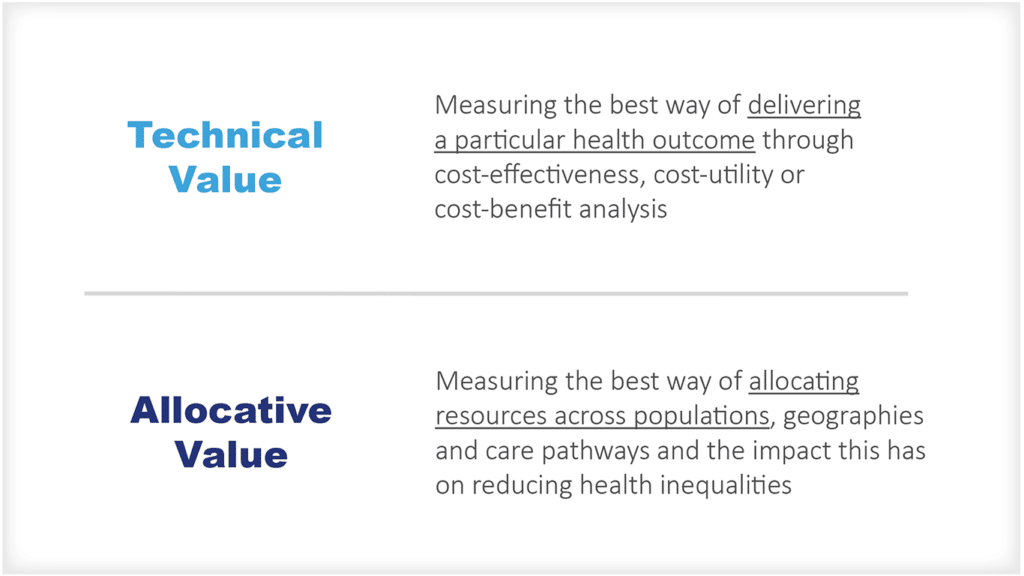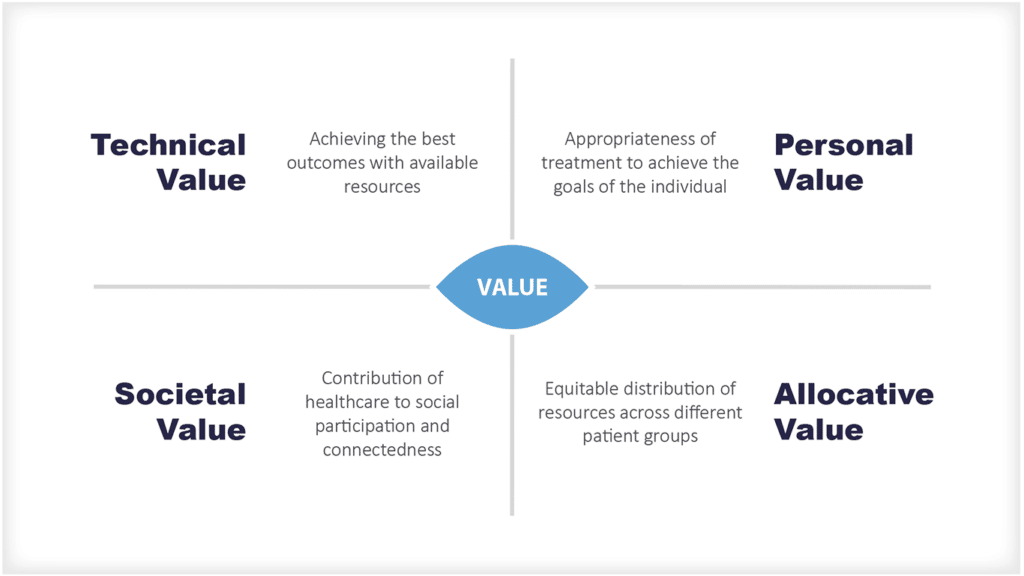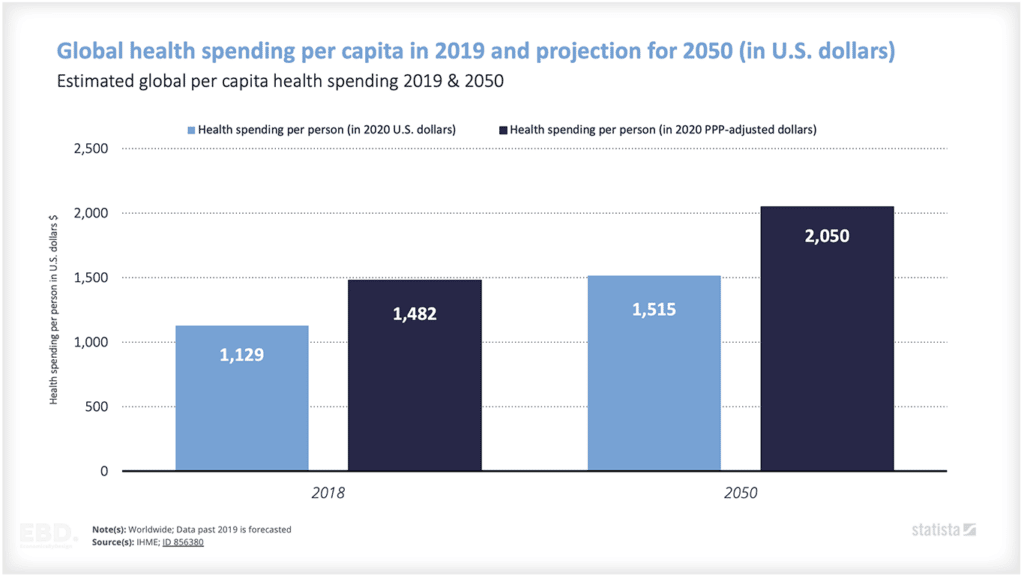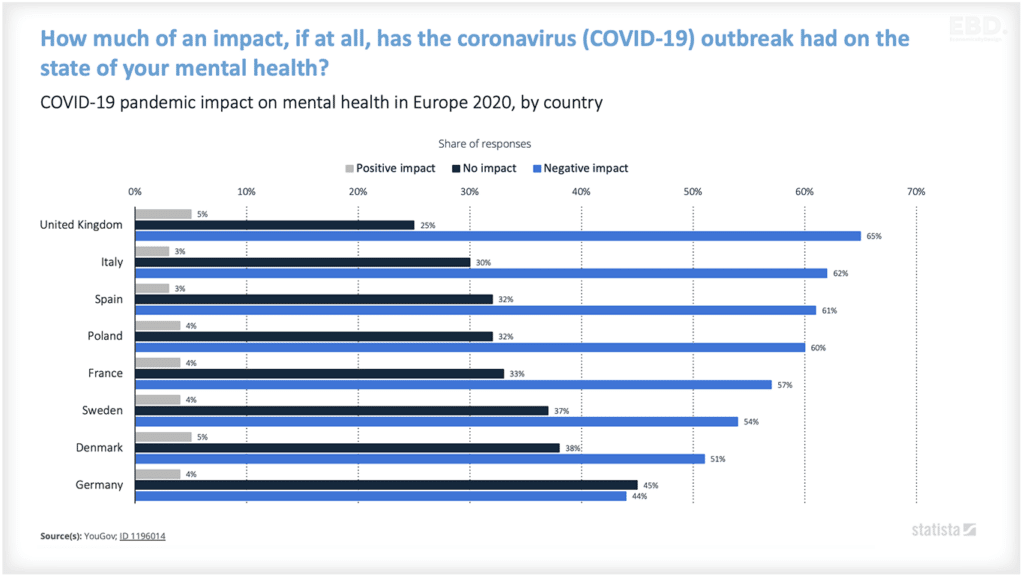Climate change is already having a huge impact on the global economy; forecasts suggest that the global economy could be 10% smaller by 2050 if targets for emissions reductions are not met.
In this article, we take a closer look at the impact of climate change on health and the health economic issues this presents.
In an accompanying article, The Economics of Climate Adaptation, by Nigel Miller, we look at the Economics of Climate Adaptation, and in particular, the actions being taken by the UK.
What are the Main Health Risks of Climate Change?
Climate change is a public health issue because it threatens the well-being of people around the world. The health economic risks posed by climate change include heat-related illnesses, respiratory problems, vector-borne diseases, and mental health issues.
By 2099, Climate Change is expected to be one of the leading causes of death worldwide.
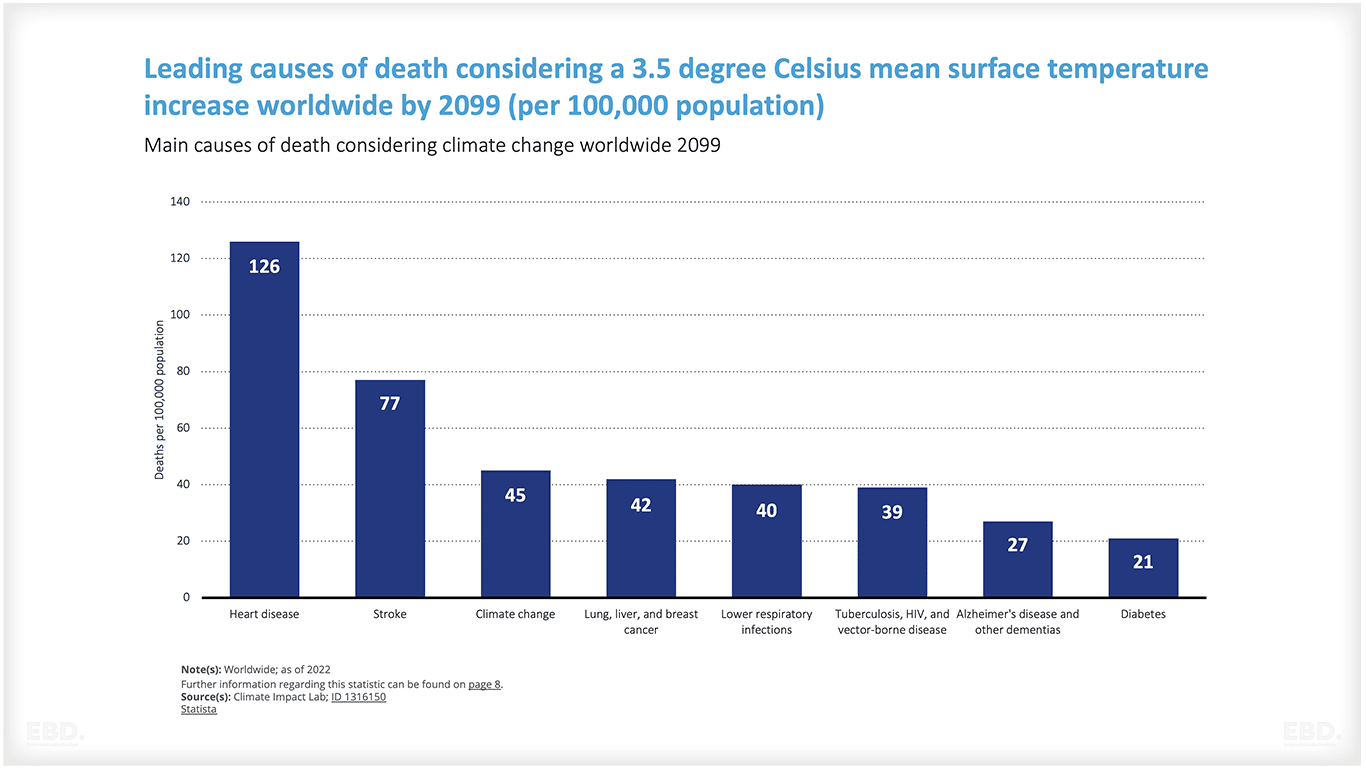
Launched on 31st October 2022 ClimaHealth provides a comprehensive overview of the impact of climate change on population health. Estimates suggest 13 million people die each year as a consequence of climate change. By comparison, World Health Organisation estimates of COVID-19-related deaths suggest around 3 million in 2020.
Climate change risks include for example extreme weather events, heatwaves, air pollution, flooding and droughts. Their impact on health is made worse for populations already living in poor socio-economic and conflict-affected socio-political geographies. And the impact on health outcomes is affected by the readiness and resilience of health systems.
Here are just some of the issues:
Heatwaves
According to the World Health Organisation, one of the most hazardous climate change risks to health is caused by heatwaves.
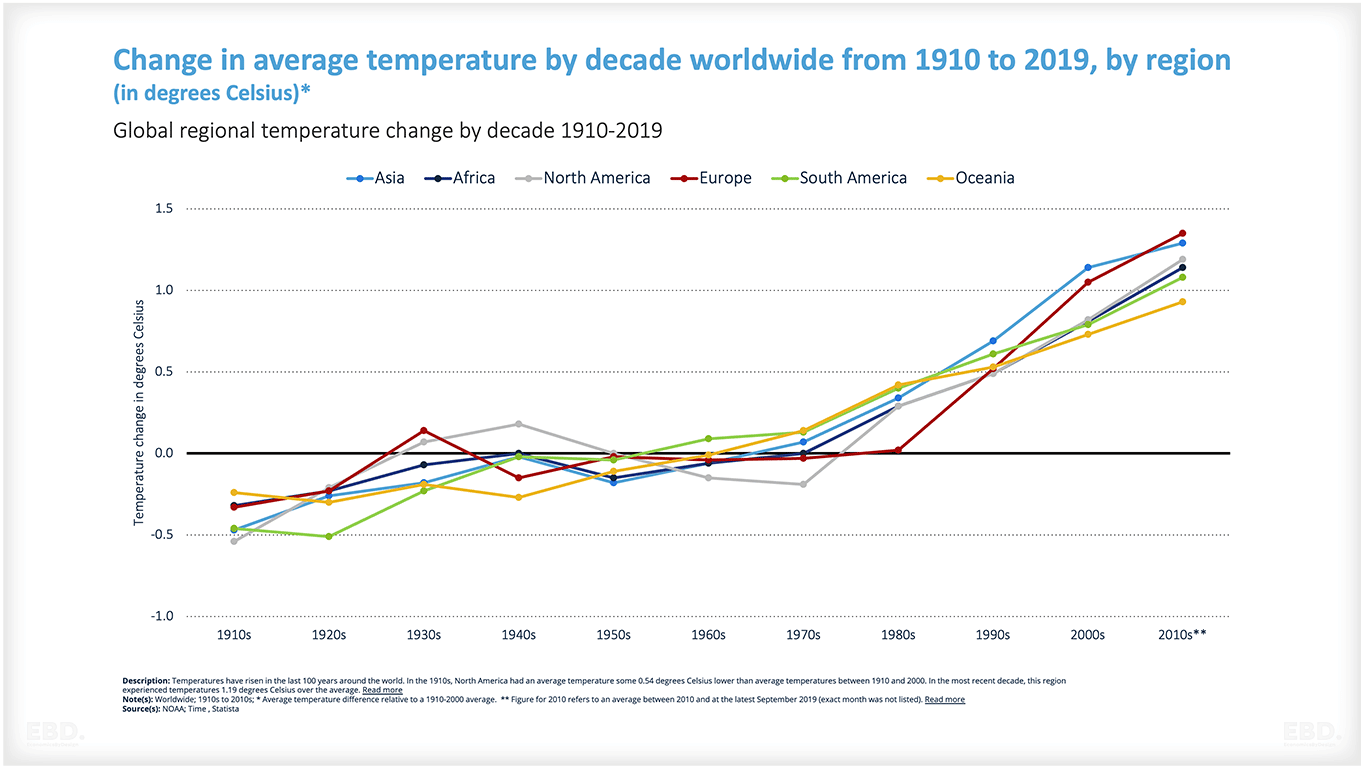
SThey can cause dehydration, heat exhaustion, and heat stroke. Elderly people, young children, and people with chronic medical conditions are especially vulnerable to heat-related illnesses. According to the Commonwealth Fund, over the first two decades of the 21st Century, the number of heat-related deaths doubled in those aged 65 and over. Respiratory problems can be exacerbated by air pollution and smog, which are worsened by hotter temperatures and increased ozone levels.
Climate change can also lead to the spread of vector-borne diseases, as warmer temperatures and changing weather patterns create new habitats for disease-carrying insects. For example, dengue fever is Spread by mosquitoes that breed in standing water. As a result of climate change, dengue fever has become a global problem.
Flooding
Flooding such as flash floods, river floods or coastal floods can contaminate water supplies with chemical pollutants and increase the risk of waterborne diseases. Flooding also creates conditions that are conducive to the spread of vector-borne diseases. For example, flooding can lead to an increase in the populations of mosquitoes and other insects that carry diseases such as malaria, dengue fever, and chikungunya.
Cyclones, Severe Storms and Associated Hazards
Cyclones and other types of storms can cause severe damage to infrastructure and homes, causing significant injuries and fatalities. They can also contaminate water supplies and lead to the spread of waterborne diseases.
Drought
Drought can cause crop failures, which can lead to food shortages and malnutrition. It can also lead to water shortages, which can also increase the risk of waterborne diseases. About half of the world’s population experience water shortage during any single year.
Mental health
In addition to the impact on physical health, climate change can lead to increased levels of anxiety, depression, and post-traumatic stress disorder. Climate change can also exacerbate existing mental health conditions.
What Impact is Climate Change Having on Health Sector Costs?
The overall cost of global climate disasters has risen from $175bn in 1970 to $1,381bn in 2019.
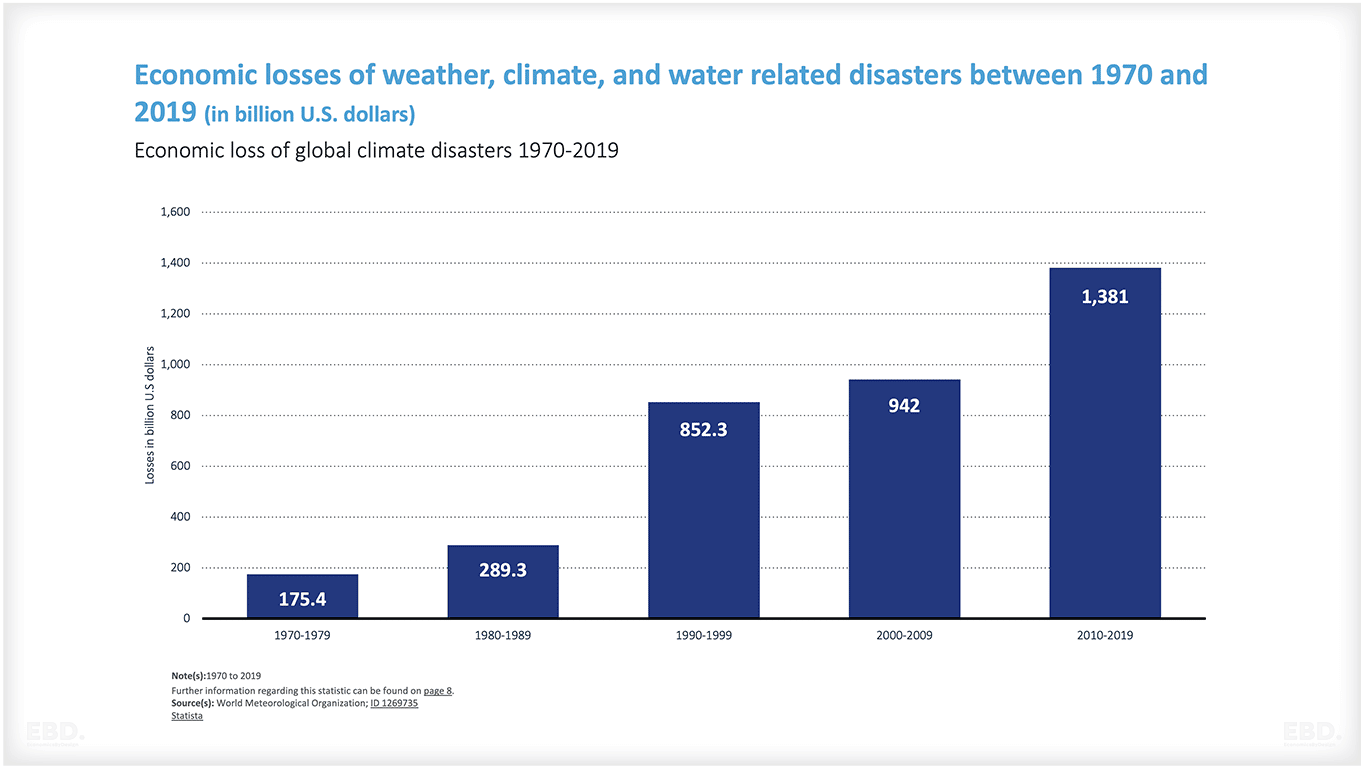
Climate change is expected to add $2-4bn per year to the cost of health services by 2030.
What Actions Can Be Taken to Reduce the Health Harm of Climate Change?
Let’s not forget that the health sector also has an impact on climate. Estimates from Deloitte suggest that
“if the global health care industry was a country it would be the fifth largest greenhouse gas emitter on the planet“.
The World Health Organisation has set out 10 recommendations to reduce health harms from climate change:
- Commit to a healthy recovery from COVID-19
- Our health is not negotiable – place health and social justice at the heart of UN climate talks
- Harness the health benefits of climate action – prioritise those interventions with the highest health social and economic impacts
- Build health resilience to climate risks – support this across sectors
- Create energy systems that protect and improve climate and health – and end energy poverty in households and health systems
- Reimagine urban environments, transport and mobility – promoting healthy sustainable alternatives
- Protect and restore nature as the foundation of our health
- Promote healthy sustainable and resilient food systems
- Finance a healthier, fairer, and greener future to save lives
- Listen to the health community and prescribe urgent climate action
There are several actions that health agencies in particular are taking to reduce the health harm of climate change. These include:
- Providing information and education on the health risks posed by climate change
- Working with other sectors to develop policies and programs that address the health risks of climate change
- Supporting research on the health impacts of climate change
- Monitoring the health impacts of climate change
One example of this is The Climate Resilience for Frontline Clinics Toolkit has been developed in the USA to provide resources for patients, providers and purchasers of health care to help prepare for and mitigate the health risks associated with climate shocks, such as hurricanes, floods, wildfires and heatwaves.
What Climate Adaptation Measures can Health Systems Take to Reduce Their Contribution to Climate Change?
There are a number of climate adaptation measures that health systems can take to reduce their contribution to climate change. These include:
- Improving energy efficiency in hospitals and health facilities
- Investing in renewable energy sources
- Adopting green building standards
- Implementing sustainable procurement policies
The NHS in England claims to be the first national health system globally to commit to net zero emissions from health services (October 2020). Its Net Zero Strategy sets out a series of actions relating to direct Interventions aimed at decarbonising the NHS through investment in low carbon / green solutions across:
- Estates and facilities
- Travel and transport
- Supply chain management
- Medicines and medical devices
- Research and innovation and offsetting
It also proposes actions for delivering a net-zero NHS through the development of more sustainable Models of Care such as:
- Care closer to home
- Digital health technologies
- Public health and prevention
and investment in developing capacity and capability across the workforce to work in different ways.
Climate Adaptation and Health Economics
Estimates of the economic cost of climate change and the economic benefit of climate adaptation vary. However, as discussed in the accompanying article by Nigel Miller, for every £1 invested in climate adaptation, the benefits will fall between £2 and £10. The value of the health gains alone outweighs the investment cost by 2:1.
